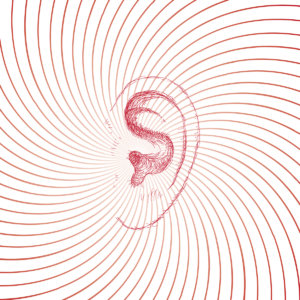Now That Your Products Can Talk, What Will They Tell You?
To take full advantage of the opportunities presented by the Internet of Things, companies will need to rethink many aspects of new product development — including the definition of a new product.
Topics
Not long ago, companies had to rely in large part on surveys and focus groups to understand what customers liked and didn’t like about their products. In recent years, social media and online ratings have given businesses new ways to learn about customers’ opinions about their products. Today, however, some of the products themselves — at least those devices that are part of the connected world of the Internet of Things — are starting to provide unprecedented levels of information that can be used to improve both the products and the customer experience.
In particular, information from connected devices offers companies three tremendously important core pieces of contextual information that were previously unavailable: where the products are being used, how they are being used, and which customers are using them at any given time. Some companies use this information to modify their products to meet customer needs and improve revenue. Others go even further, taking the information gathered from their products and connecting it with other shared data they own or access. This combined intelligence allows them to design and create the next level of products, with enhanced features and services.
What once may have been considered mundane devices (washers, dryers, and refrigerators, to name a few) are now turning into sophisticated, technology-driven products. Agricultural equipment makers, for example, manufacture GPS-driven tractors that provide farmers with data that can help improve their planting decisions.
Going forward, we expect that companies that manufacture smart, connected products will have an advantage in the market. What will be important to success is not only building smart, connected products, but also starting to listen to them. Such “listening” changes the perception of what constitutes a product; instead of just being a physical device, a product becomes something that provides valuable information for companies and their customers. We think this new perspective will change the way products are modified and monetized and how customer support is provided.
For instance, a company does not have to wait until a customer calls with a complaint to know that a product connected to the Internet of Things is not working correctly; the product has already communicated the information. With this advance knowledge, the company can report an issue to a customer and seek to address it before it becomes a bigger problem.


Comment (1)
Dr Rabindranath Bhattacharya